.
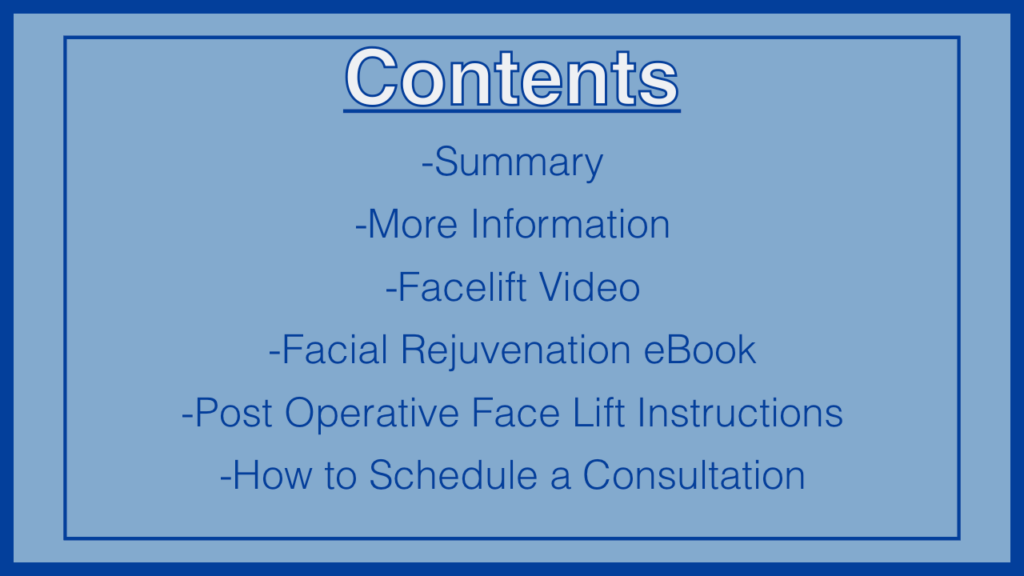
.
Summary
Purpose (Indications)
Sagging jowls
Deep smile lines
Fullness and “bands” in neck
Sagging or downturning at corners of mouth
What It Does
Provides more “rested” look
Removes excess fatty tissue
Supports muscles
Removes excess skin
Technique
Incisions in hair and in skin creases around ear
Small incision hidden in skin crease under neck
Dissolvable sutures used on skin and small clips in hair
Supporting muscles provides longer-lasting and more natural results
Excess skin removed
Turban-like dressing applied and then removed the following morning
Recovery Time
7-10 days until return to work, in most cases
Recovery Instructions
Ice compresses for first 48 hrs. to help minimize bruising and swelling
No lifting over 10 lbs. or straining for 1-2 weeks
Sleep with head elevated for 2 weeks
How Long It Lasts
5-10 years in most cases
Ancillary Procedures Commonly Performed In Conjunction With a Facelift
More Information
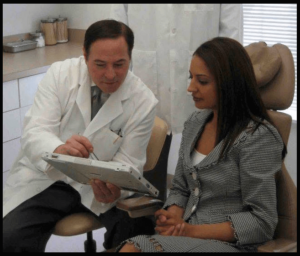
As we age, the almond shaped face goes to a more oval configuration. An oval face goes to a more round shape, and the round shape goes to a more square shape. The square shaped face ages the least gracefully because even minimal redundancy is noted immediately. Individuals with high cheekbones and an almond shaped face can camouflage laxity of skin and muscle more readily. These people age the most gracefully. Normally, there is a groove that runs from the nose to the corner of the mouth called the buccal labial fold. This is a normal anatomical finding because of the junction of muscles in this area. However, as we age, this fold may become more prominent. When it extends below the corner of the mouth, and begins to form the jowl, this is the time when most people feel that surgical correction is needed immediately. Other individuals tend to treat this laxity, before it extends to this more dramatic end point.

There are two ways of addressing laxity in this mid face area. One can think of it in terms of a hill and valley. One way to address the problem is to “fill in the valley”, however this method is usually temporary. This can be done with injectable Collagen, microlipo injections, or facial implants such as Goretex. These are all outpatient procedures with a minimal convalescence and can satisfactorily reduce the prominence of the buccal labial folds. This can help to preserve or extend a more rested appearance to the face and, in some cases, postpone the need for facelift surgery. On the other hand, one can treat prominence and sagging in this area by “reducing the hill”. This would essentially be a facelift procedure that would remove the excess skin and tighten the facial muscles. Eventually, “the valley” is going to become too deep to be filled and the only treatment option will be to “reduce the hill”, or the facelift procedure.

This facelift procedure, or rhytidectomy as it is medically called, treats the neck, cheek, jowl, and lateral temporal (eyebrow area). It gives the ultimate improvement in facial plastic surgery because it addresses all the areas of concern, and will reposition tissues into a more normal, natural position. It helps to turn back the clock approximately 10 years in most people.
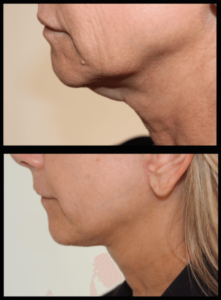
Aging results in loss of moisture from the skin, the fat redistributes itself, the skin becomes more lax, and the muscles become more lax. Facelift surgery addresses many of these areas. Liposuction is used in conjunction with facelift surgery to remove excess fatty tissue that has repositioned itself in aesthetically unpleasing locations. In some, fat cases can herniate down into the jowl area and accentuate fullness in this area. Liposuction can be used through a small incision on the inside of the mouth, to remove the excess fatty tissue in this area.
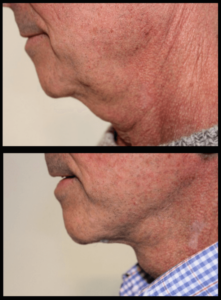
Facelift surgery repositions muscles into their normal position. With aging, there can be a diastasis of muscles. This is most prominent in the neck area where the platysma muscle sags, resulting in the deep banding or cording in the neck. By repositioning these muscles, we obtain a more natural and more physiologic appearance. We feel it is important to reposition the muscles into their natural position, and avoid cutting or altering the position of the muscles. Cutting or altering the position of the muscles would give a more artificial appearance and prolong the healing process. Facelift surgery then removes the excess skin.
.
How Long Does a Facelift Last?
A facelift will essentially last forever, because the excess skin has been surgically removed. However, we will continue to age. The day we have surgery performed, we still continue to age. One needs to think of this in terms of a conveyor belt of time. If one has surgery at the age of 50, following surgery they may look 10 years younger. This means that chronologically they are 50, but physiologically they appear to be 40. Unfortunately, the conveyor belt of time keeps moving and 10 years later: chronologically they are 60, but physiologically they look 10 years younger (50). When they are 50, they desire to have a more rested, youthful appearance. For that reason, many desire to maintain this look with repeated surgeries. However, this is certainly not necessary.
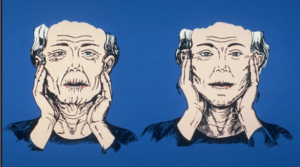
It should be pointed out that every facelift patient can get improvement with a tuck-up one year after surgery. However, that is not obligatory and many patients are so satisfied with their appearance that they defer a tuck-up. We think it is important to have a very natural appearance and to create a good foundation for surgery that allows those individuals to maintain their result as much as possible.
Surgical Technique
In the female patient, incisions are hidden within the skin creases around the ear, going behind the tragus (the small flap of skin immediately in front of the opening to the ear canal). This means there is no incision in front of the ear, which can be a telltale sign of facelift surgery. The incision goes behind the ear and back into the hairline. In the frontal temporal area, the incision extends superiorly into the hairline. Incisions around the ear are closed with dissolvable sutures in multilayers. The hair is not shaved and incisions in the hair bearing tissues are made within hair parts. Small clips are used to allow the patient to shower following surgery. In most cases, a small incision (the size of a pencil) is made in a natural chin crease below the chin. This helps to obtain support and contouring in the neck and submental area.
Recovery
Following surgery a turban like dressing is used for the first 24 hours. Cold compresses are placed over the neck area. The following morning, the dressing is removed and cold compresses are applied to the face and neck areas for the next 48 hours. Hydrogen peroxide soaked Q-tips are used to clean over the incision lines, followed by showering 4-6 times a day to accelerate wound healing and prevent scabs and crusts from forming. Individuals need to sleep with their head elevated 30º for 2 weeks, and avoid heavy lifting or straining for the first 10 days following surgery. One should also minimize movement of the head and neck for 1-2 weeks following surgery, to avoid stretching those newly positioned tissues. This means driving is prohibited for 1 week. Makeup can be applied after 1 week.
.
.
.
.
“Facial Rejuvenation”
…………………………………………………………………………………………………………………………………………………………………………………………………………………………………………………………………………

…………………………………………………………………………………………………………………………………………………………………………………………………………………………………………………………………………
Post Operative Face Lift Instructions
…………………………………………………………………………………………………………………………………………………………………………………………………………………………………………………………………………
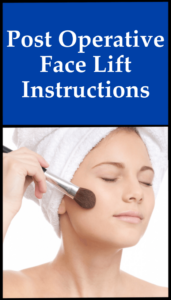
………………………………………………………………………………………………………………………………………………………………………………………………………………………………………………………………………………….
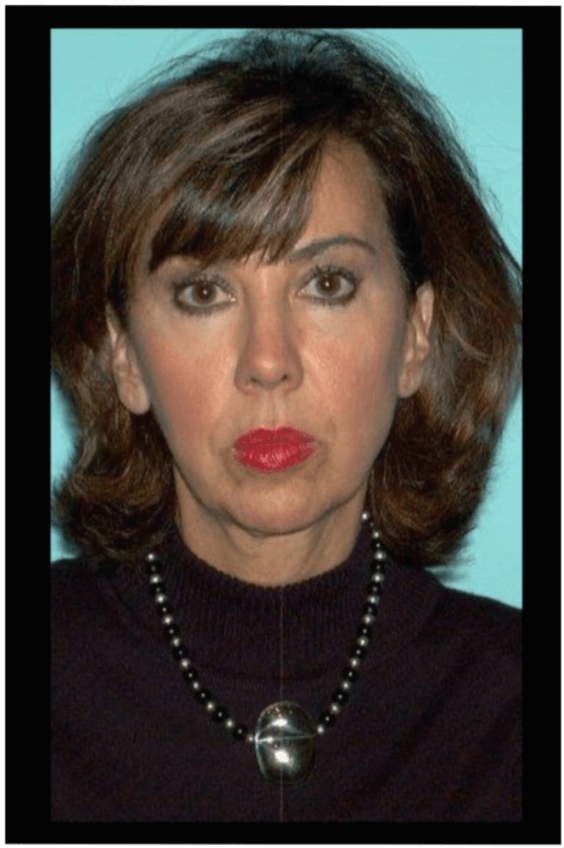

.
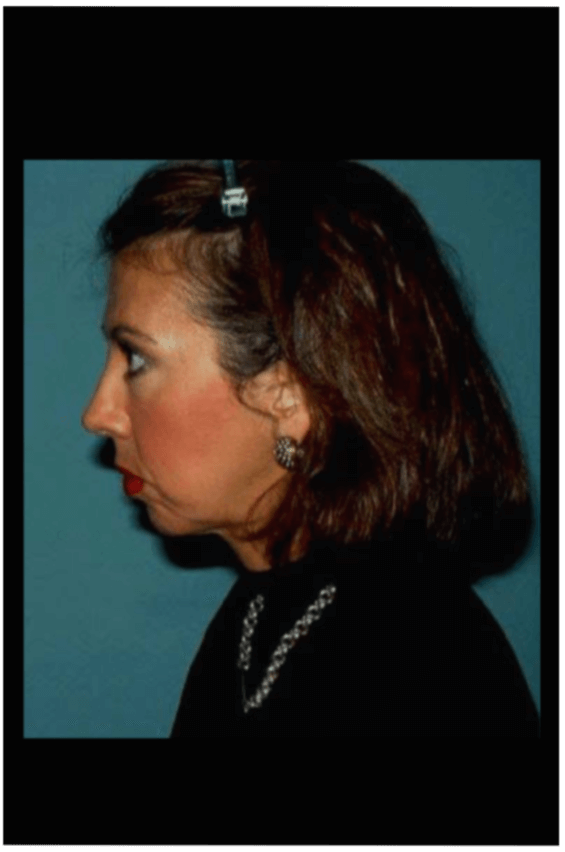
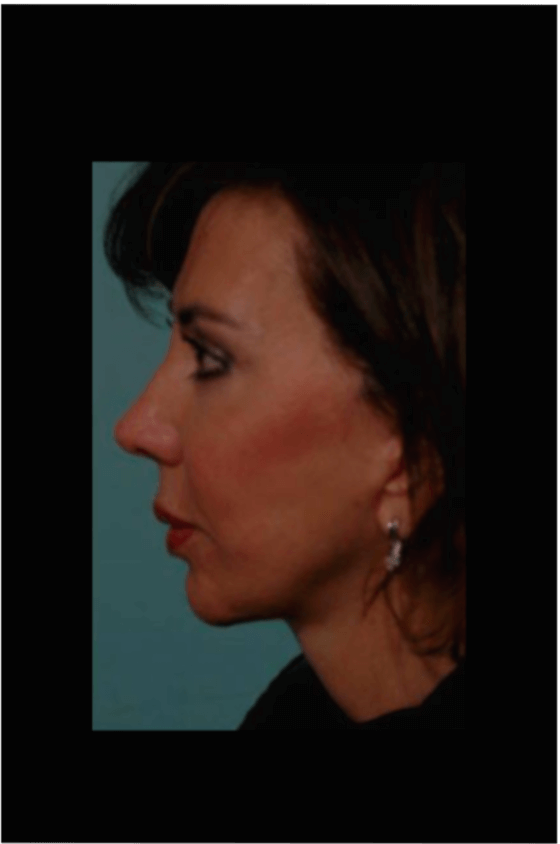
.
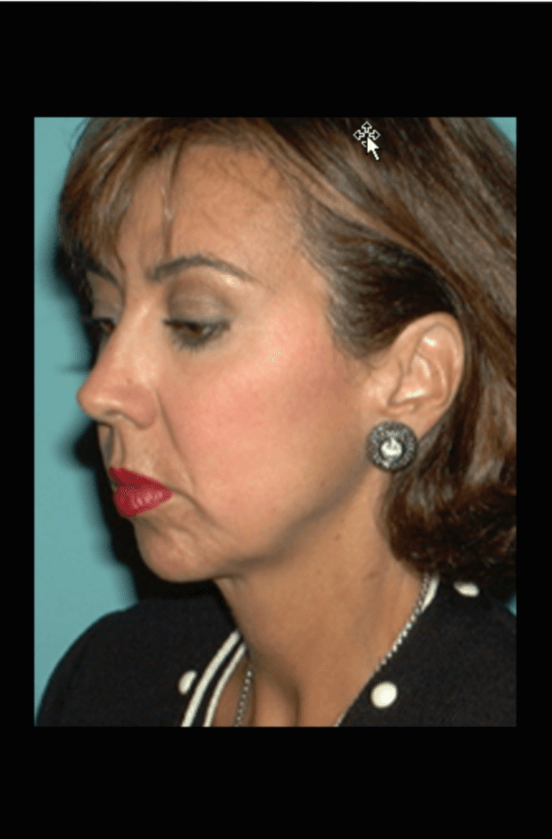
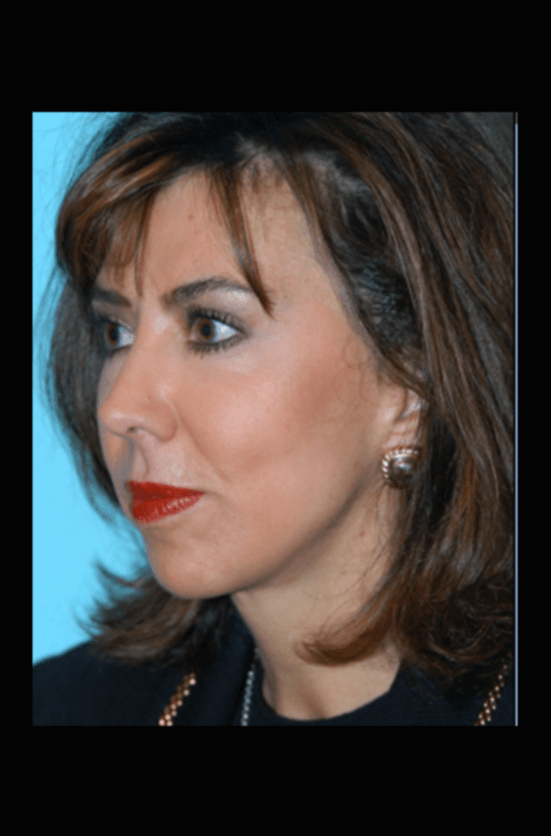
.
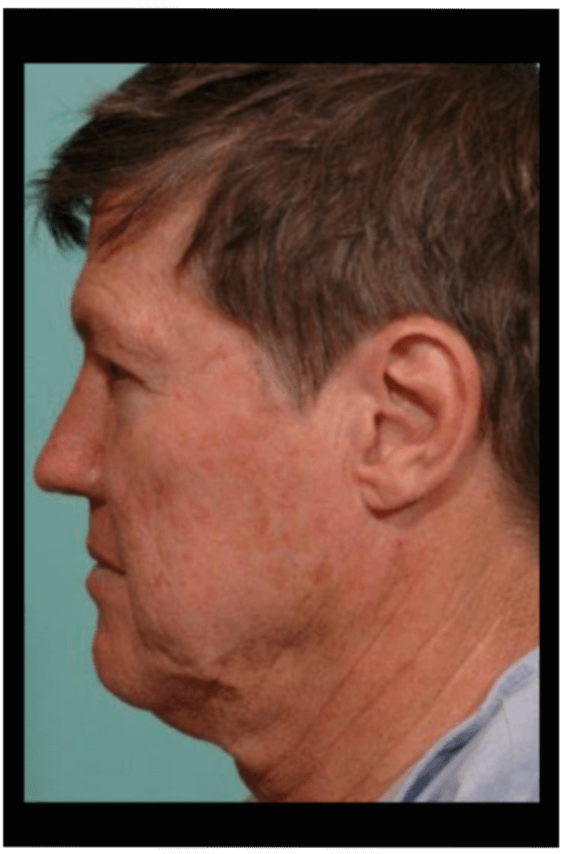
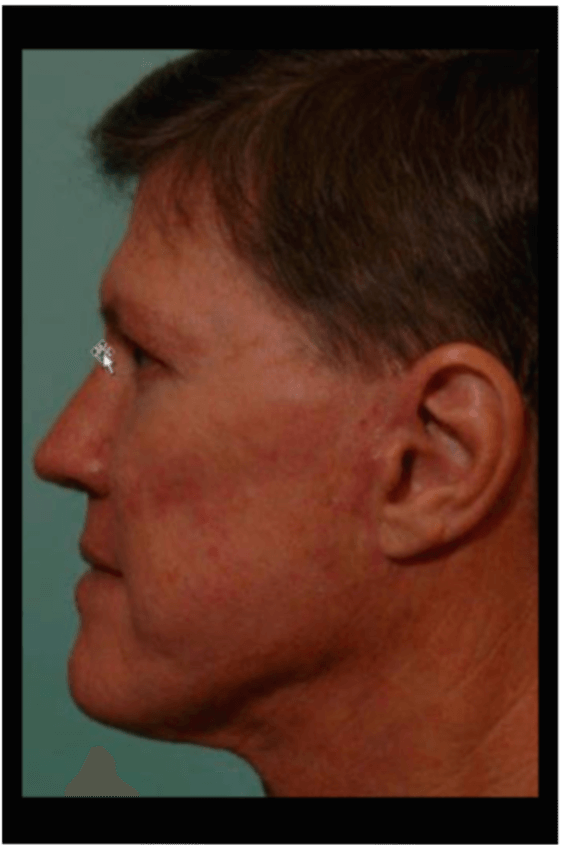
.
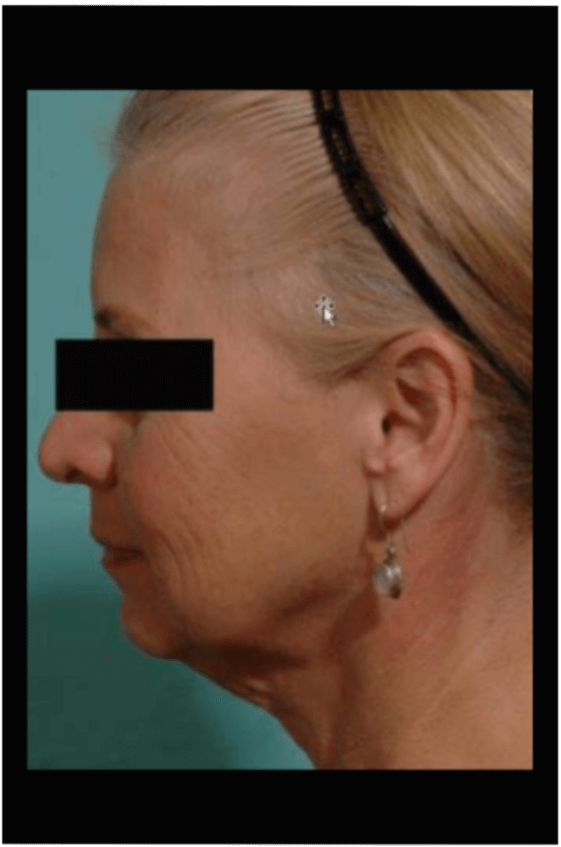
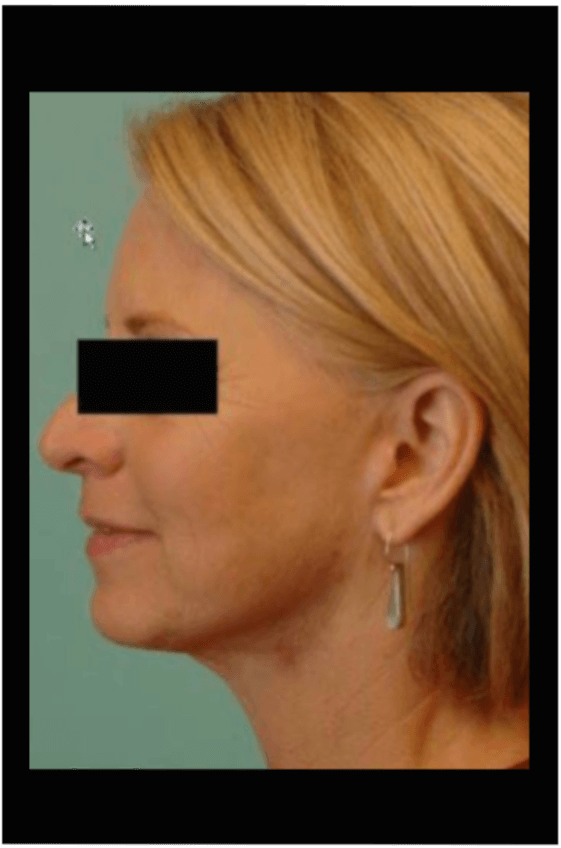
.
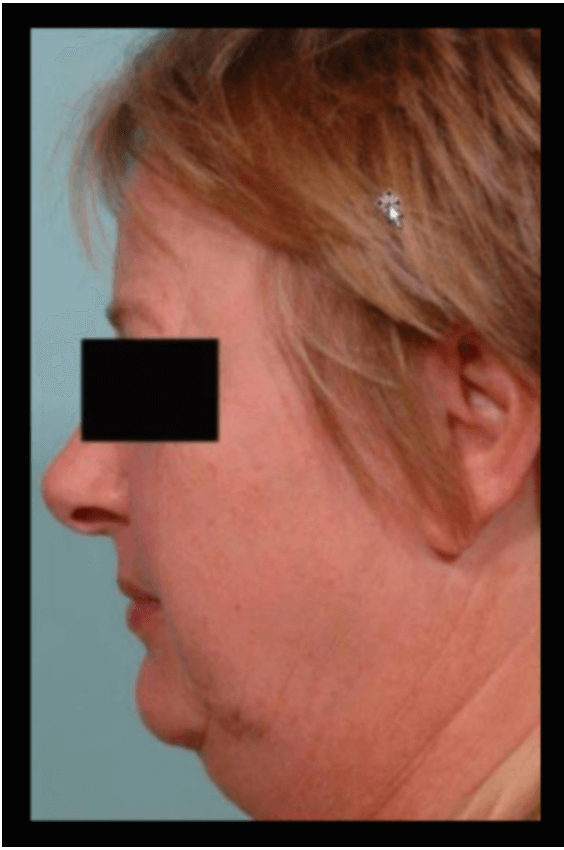
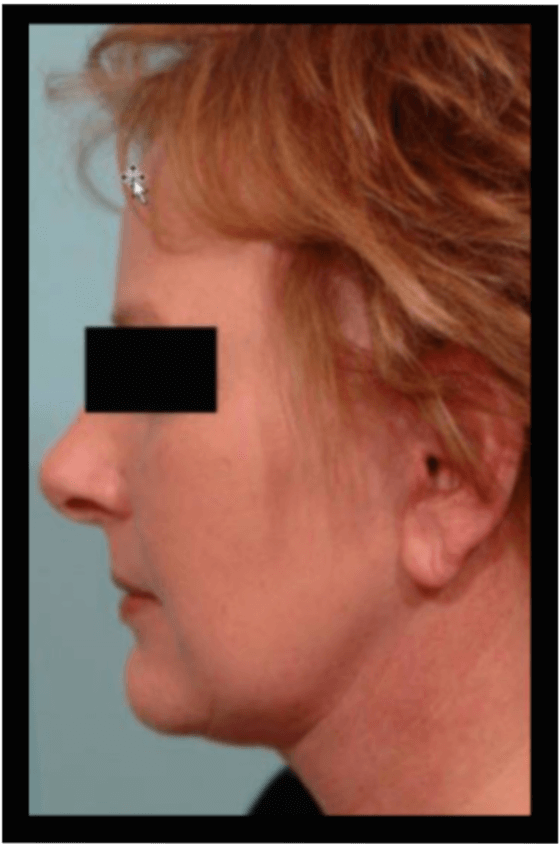
.
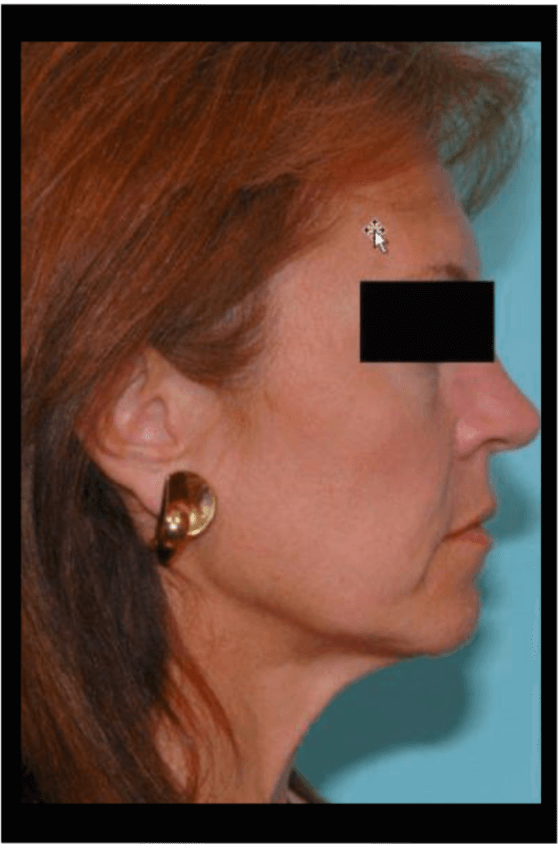
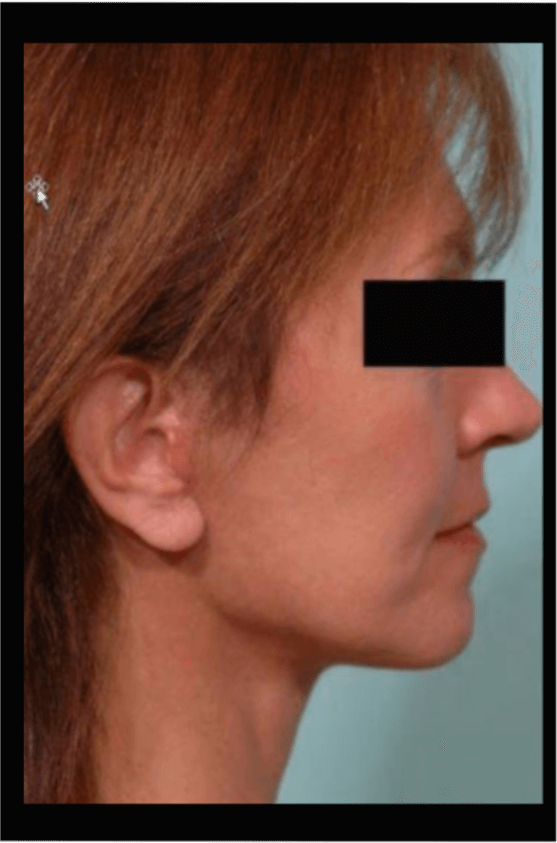
.
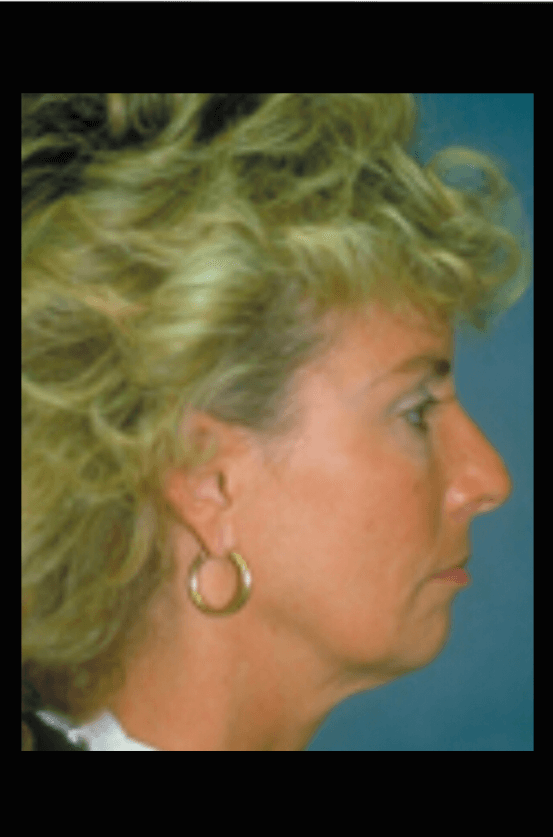
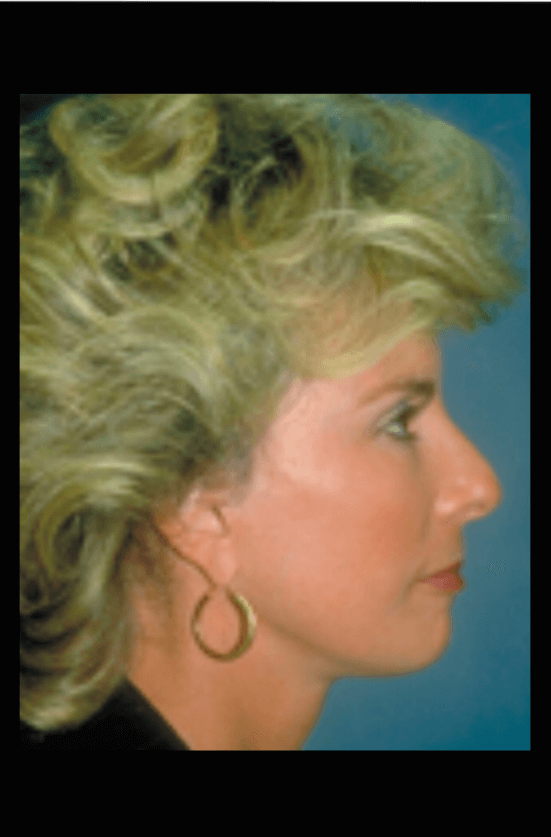
.
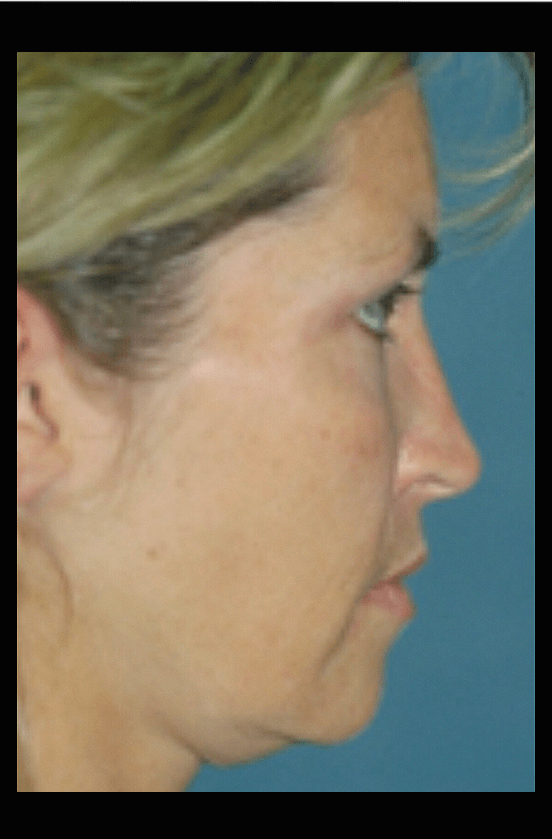
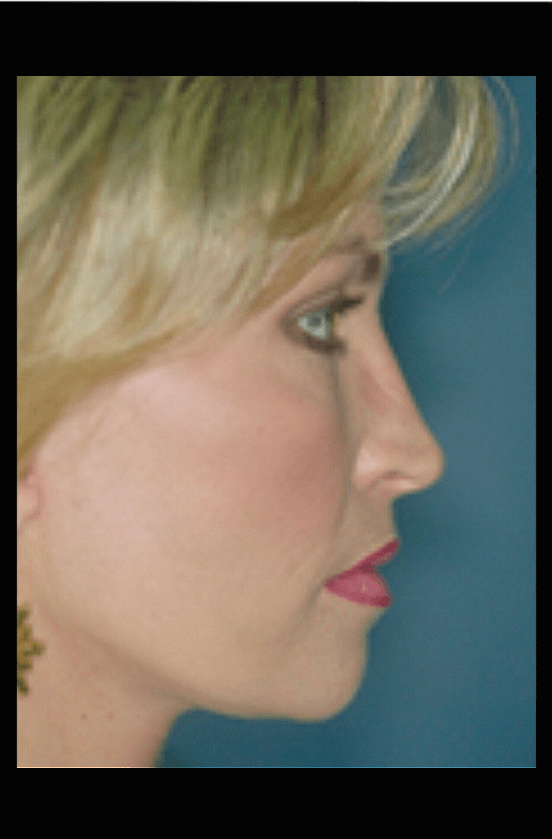
.
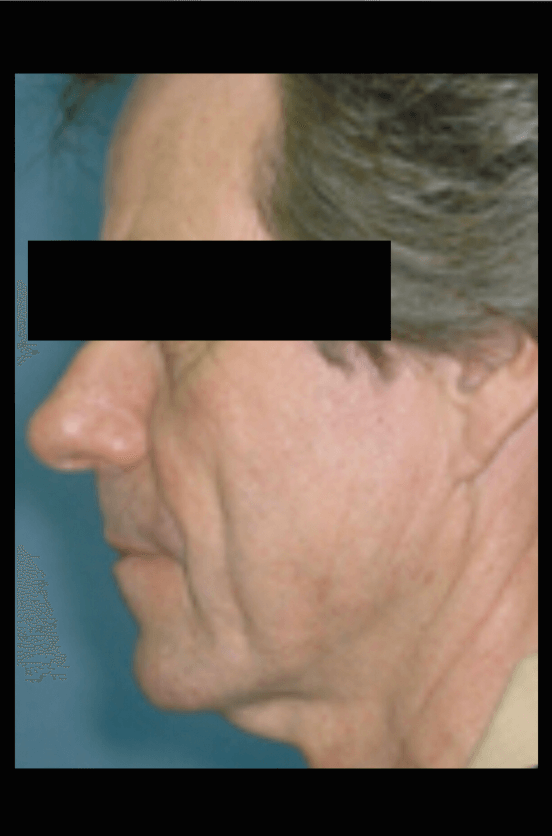
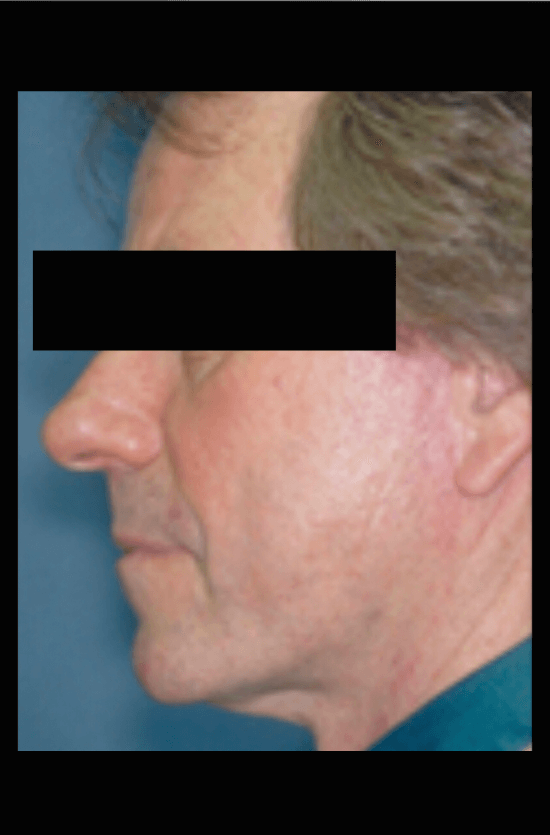
.
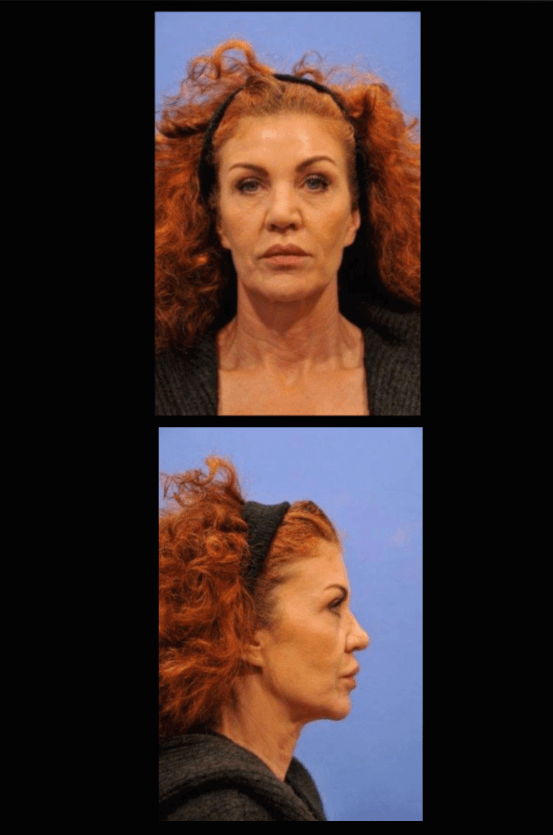
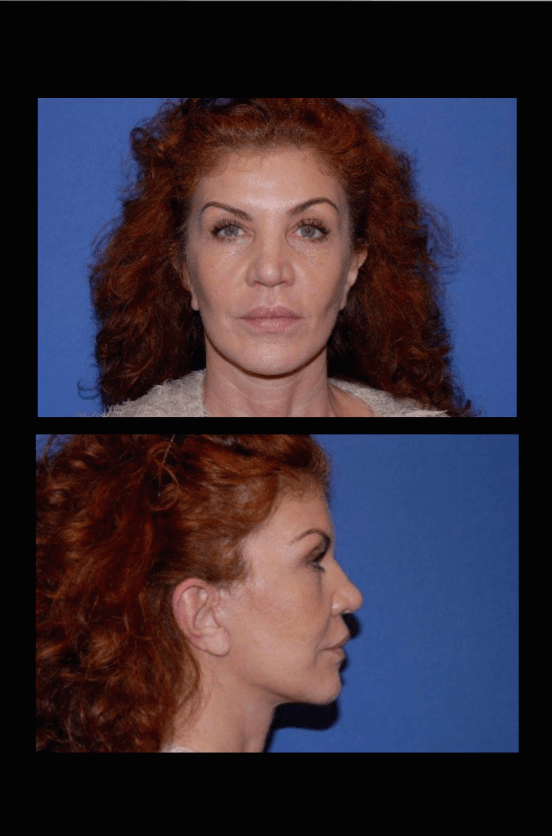
.
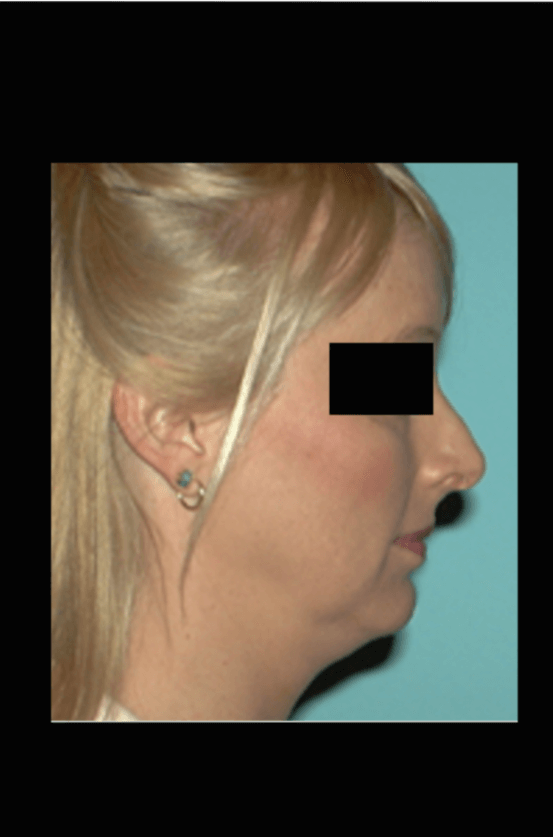
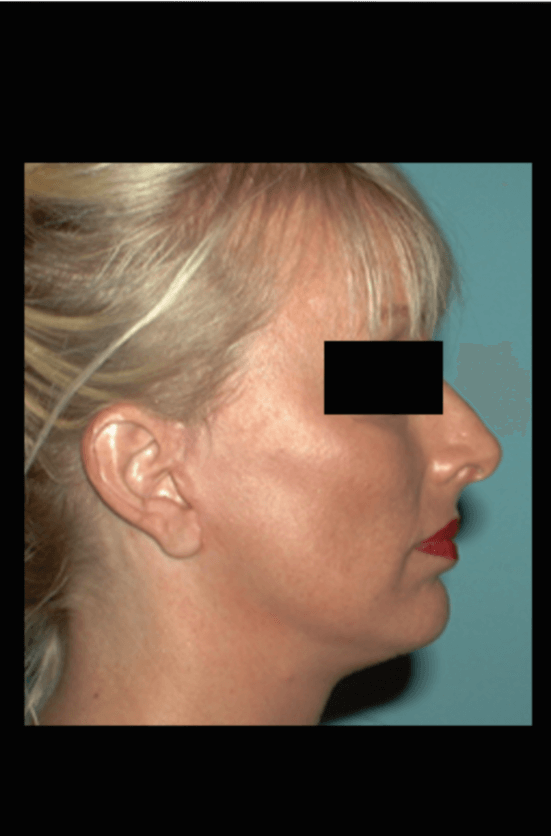
.
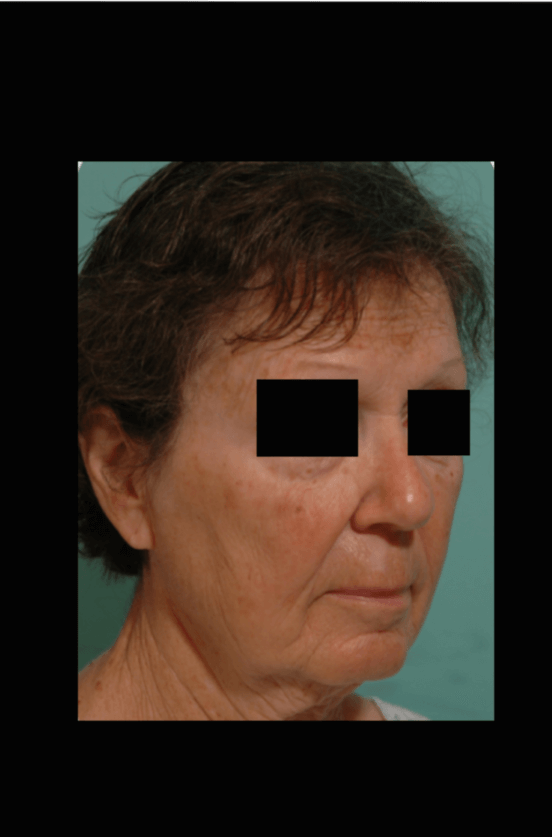
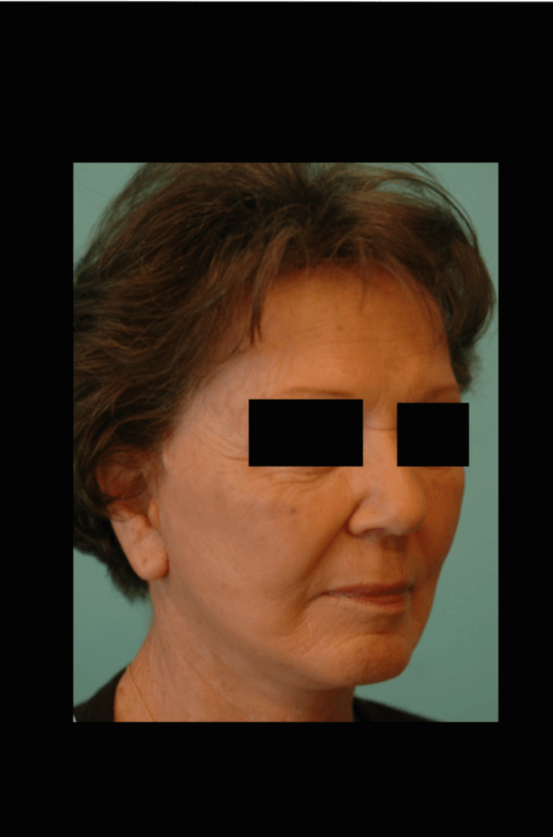
.
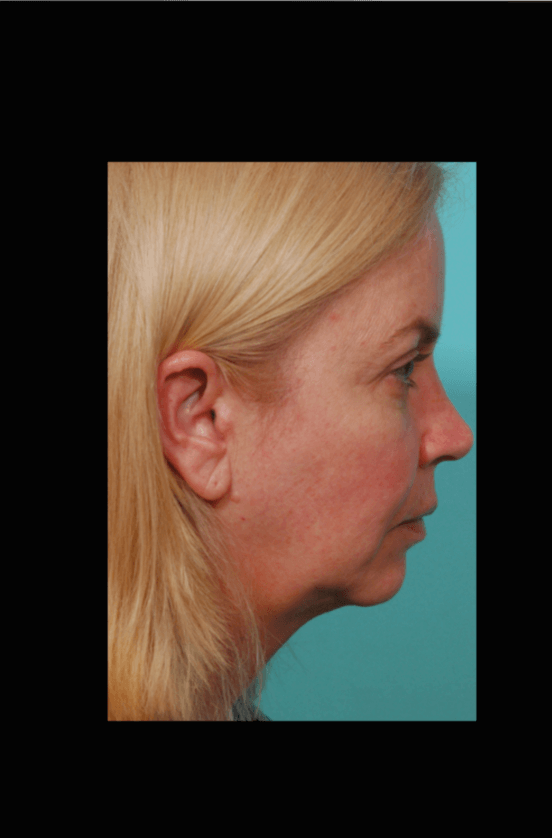
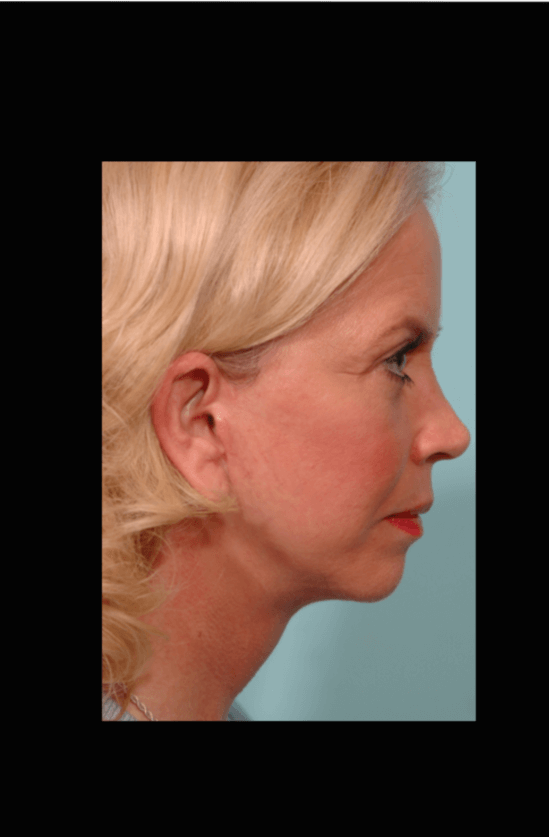
.
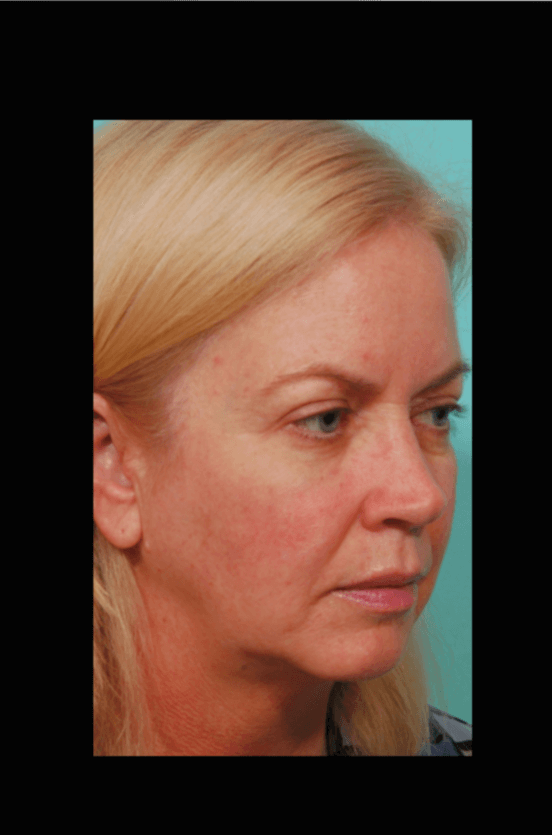
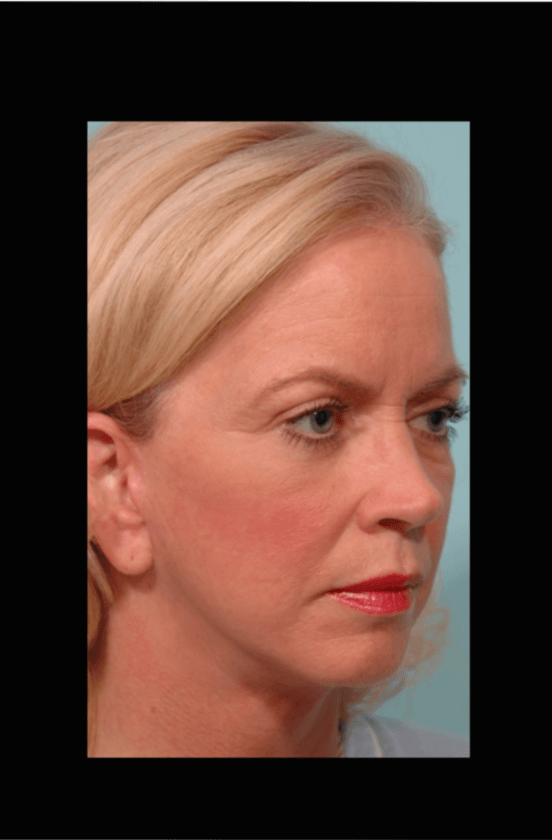
.
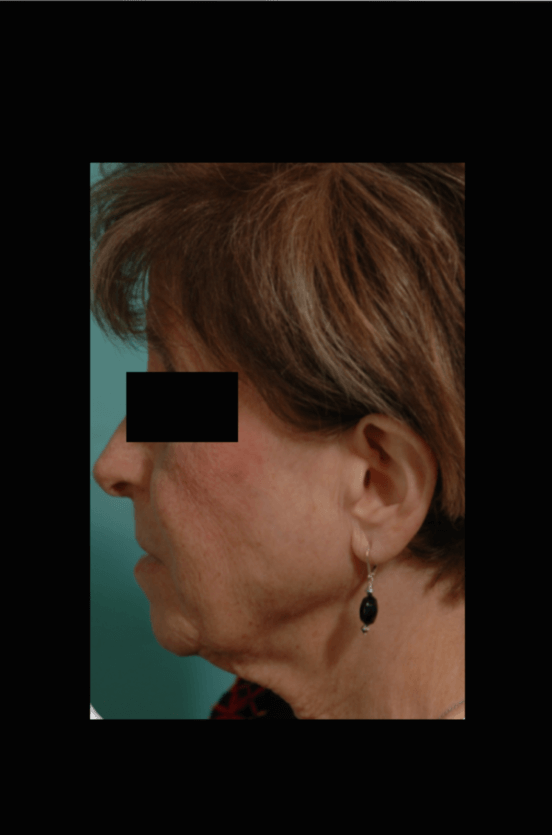
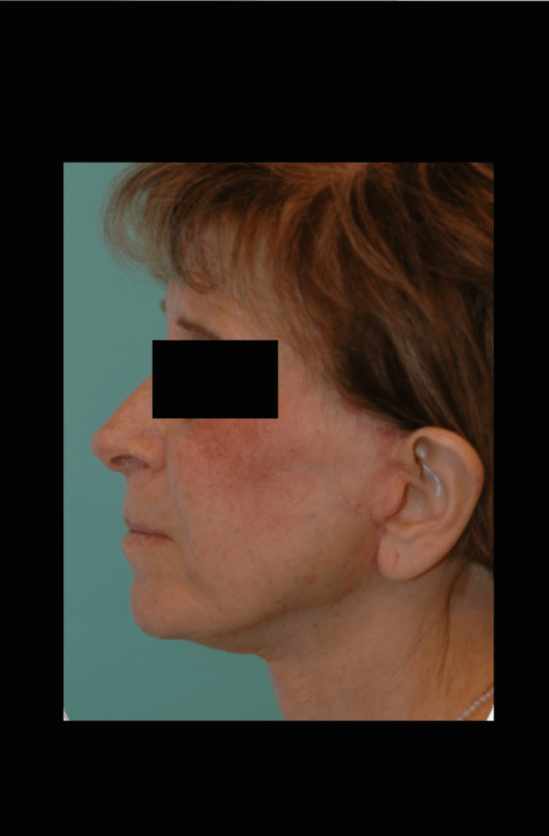
.
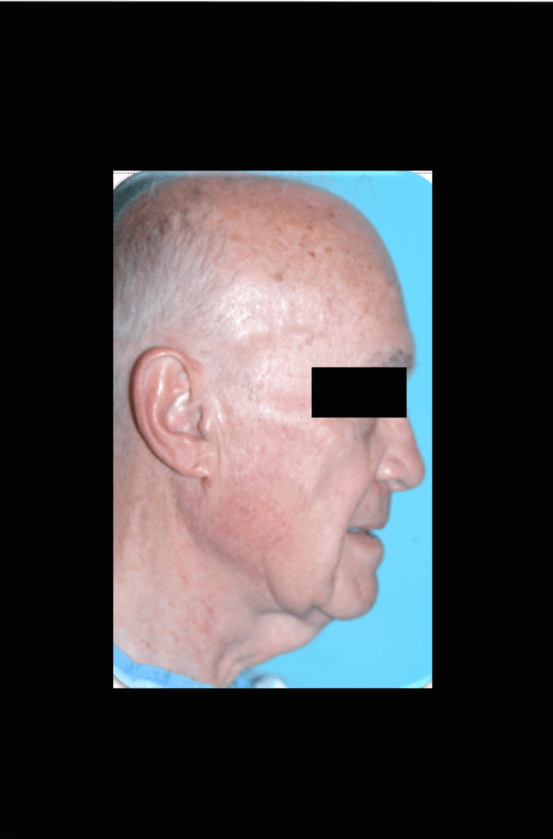
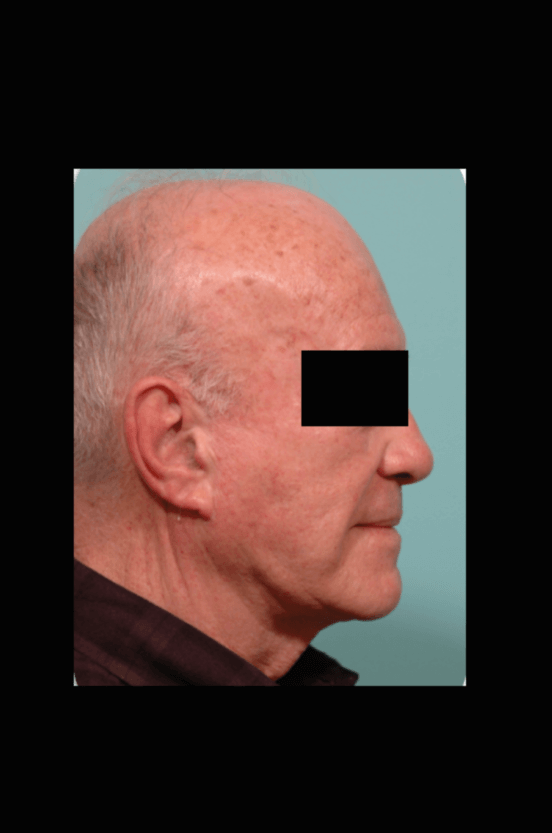
.
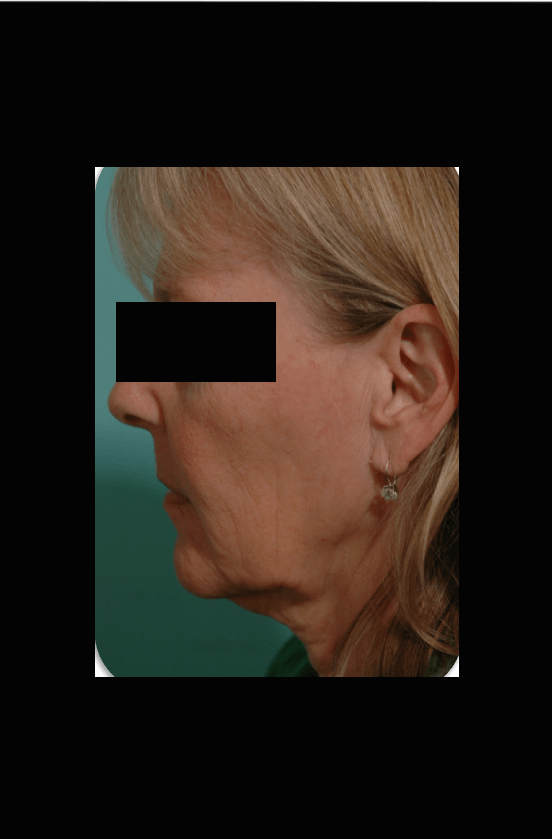
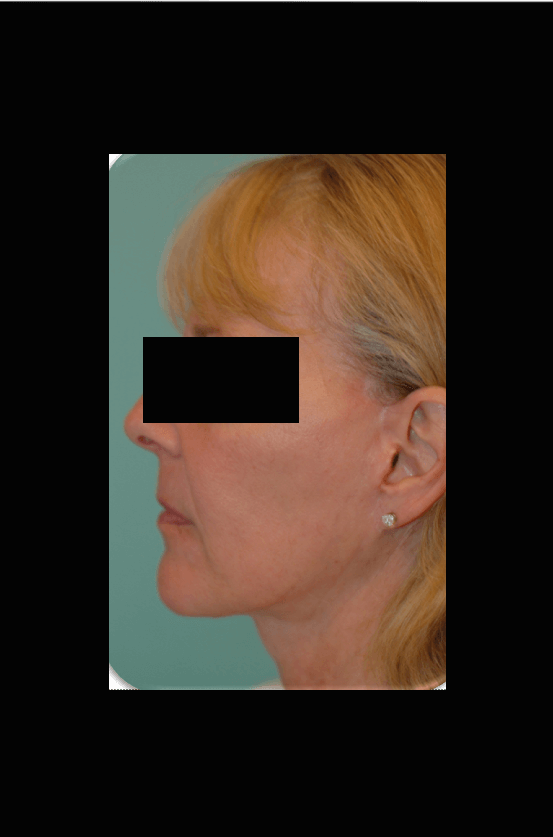
.
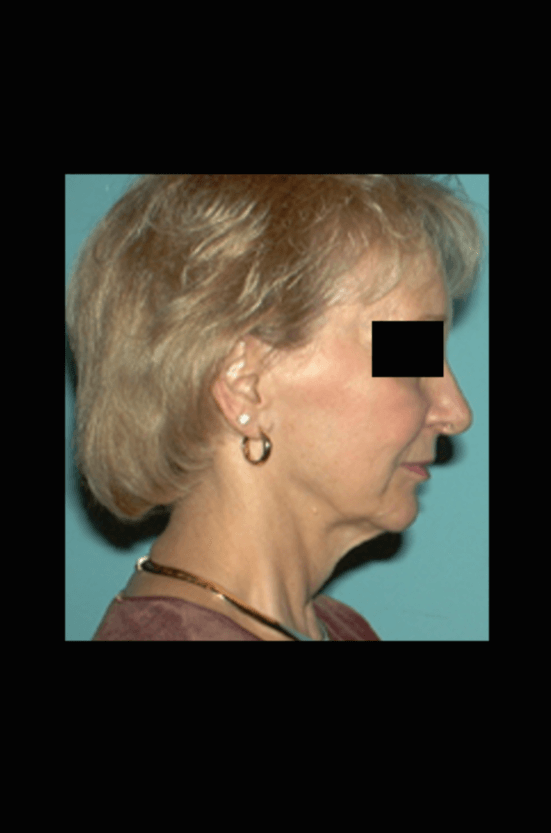
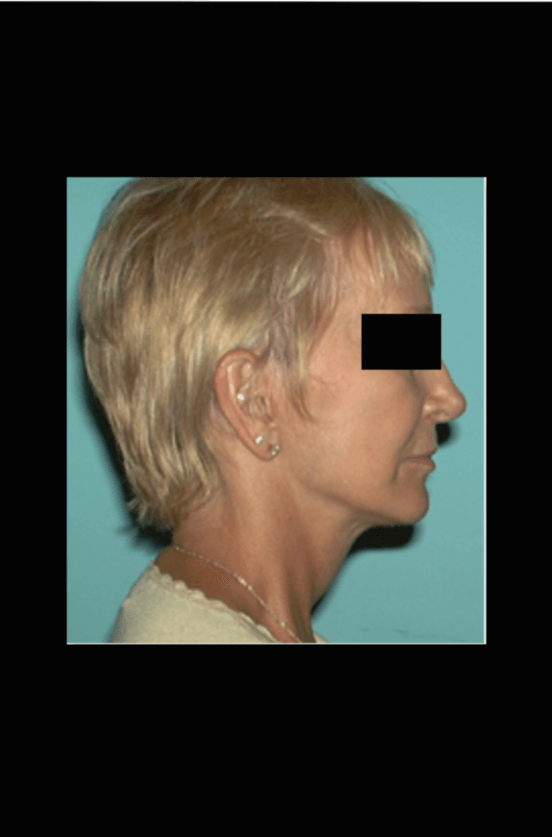
.
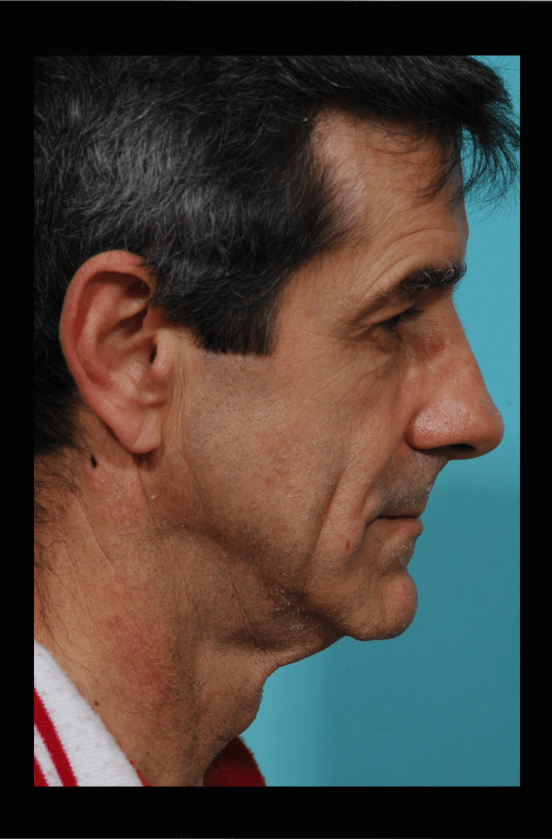
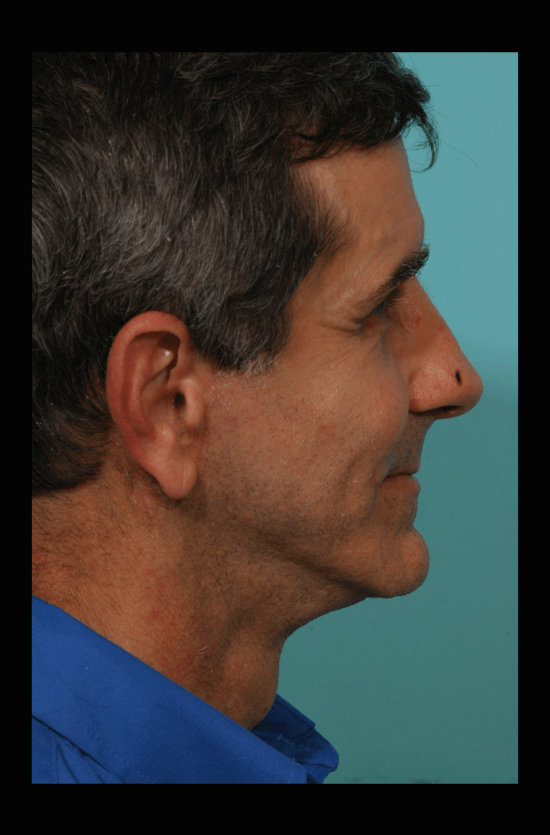
.
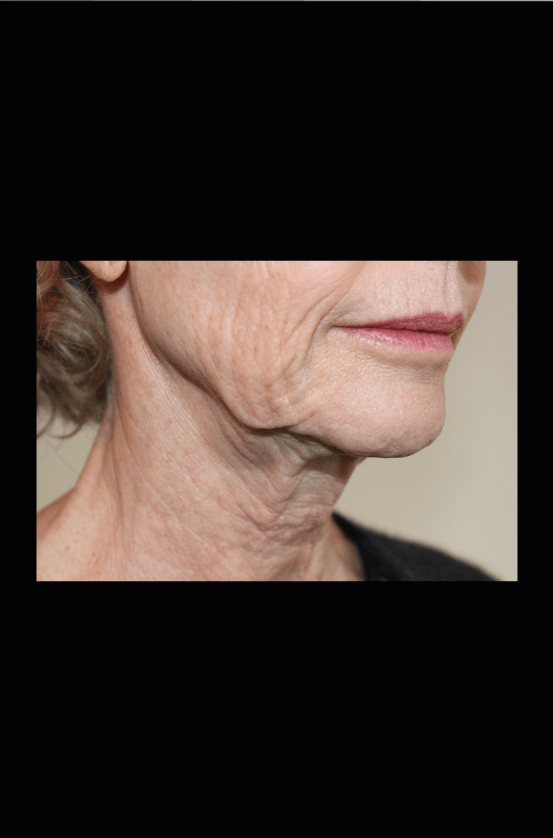
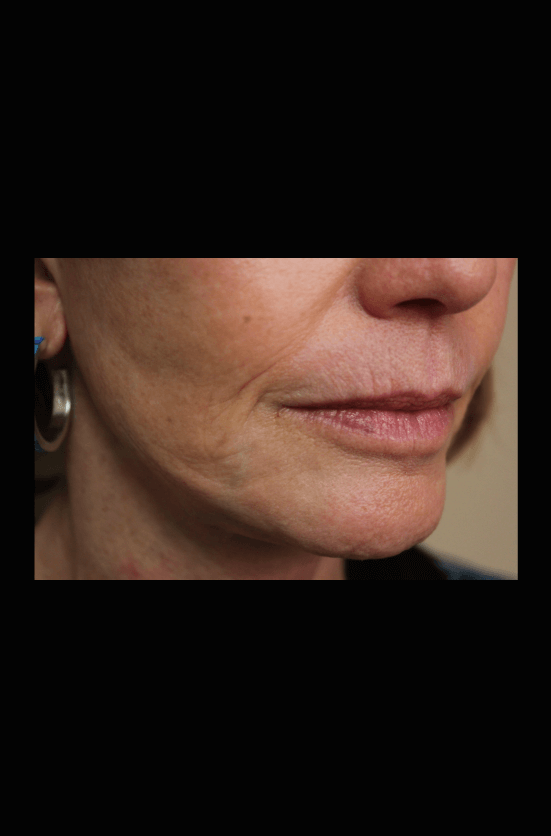
.
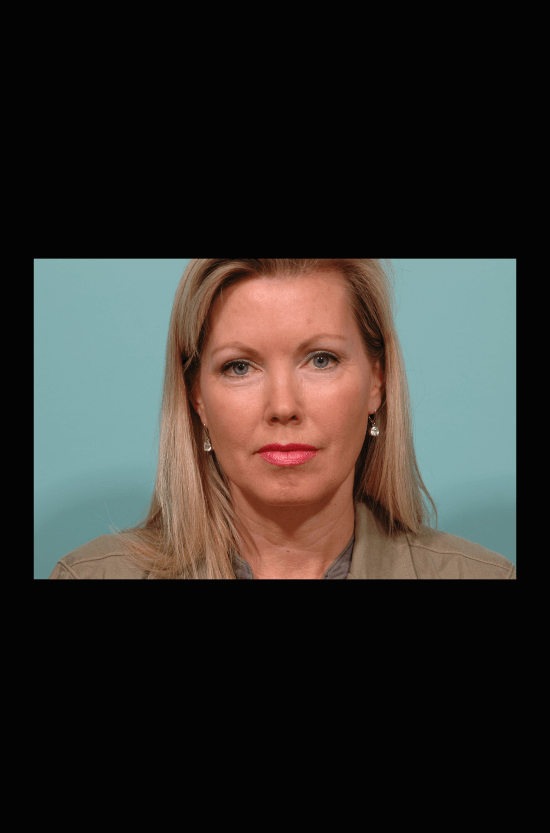
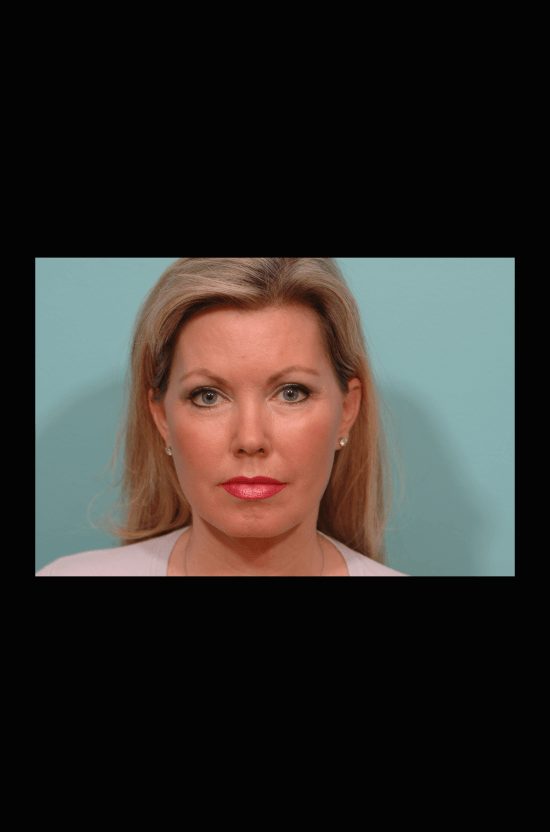
.
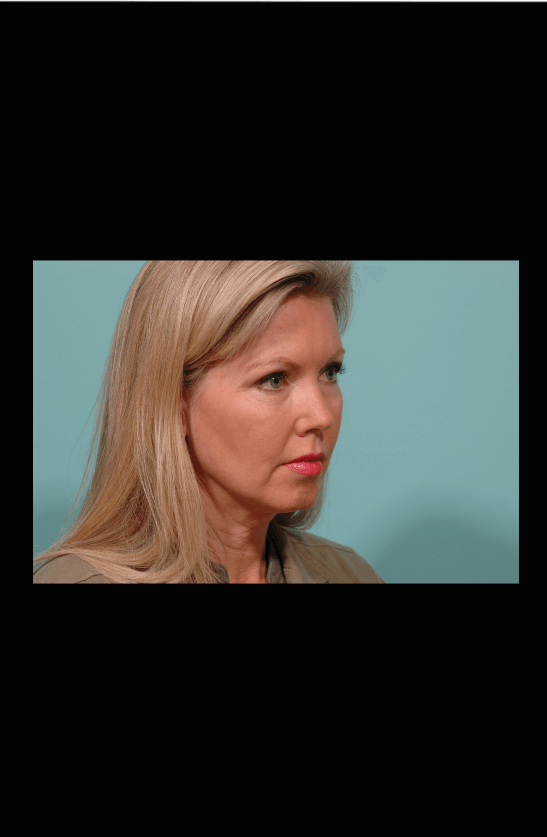
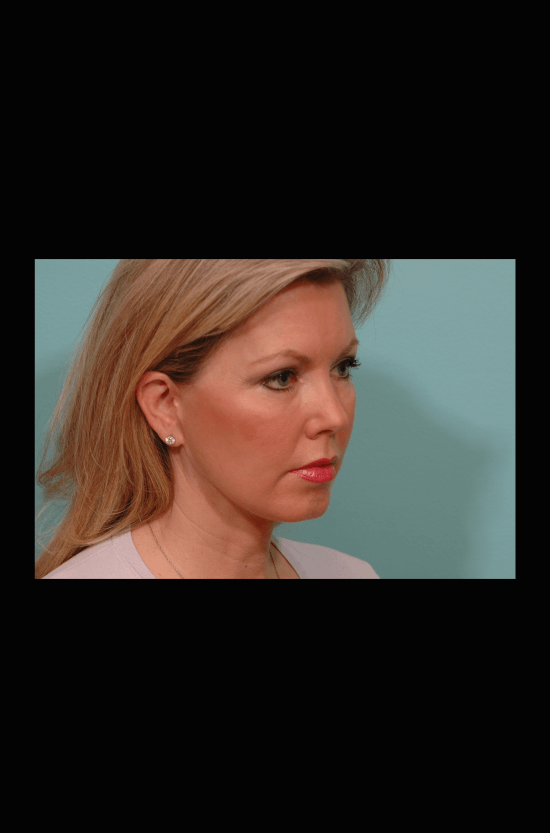
.
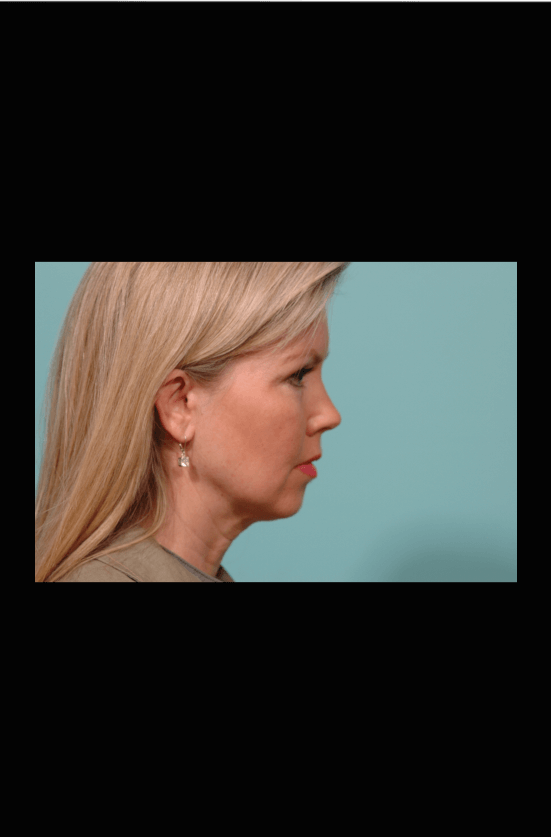
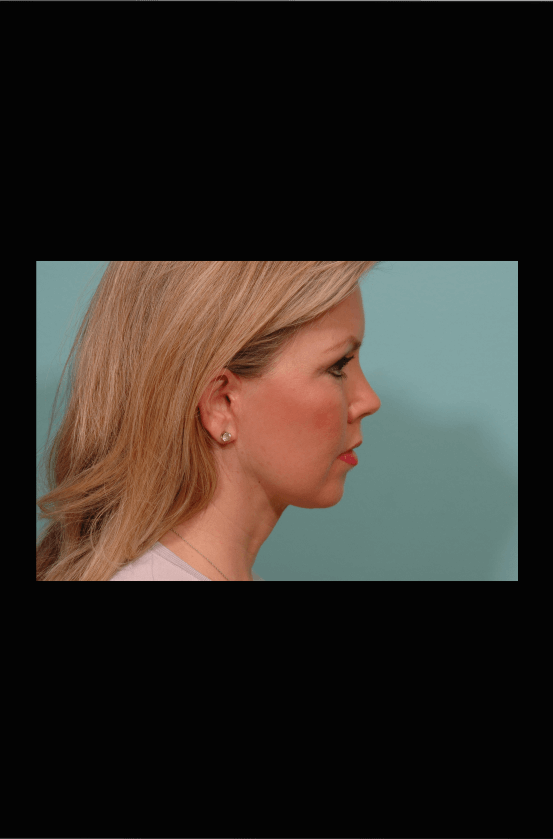
.
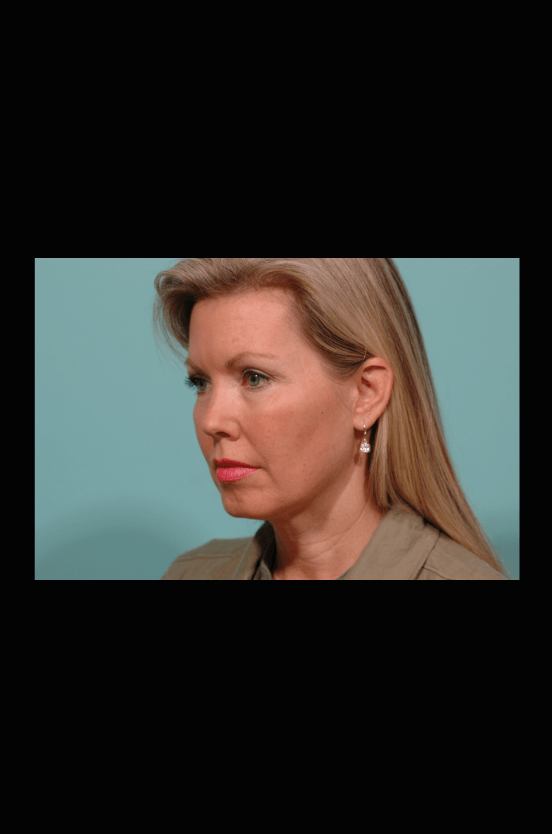
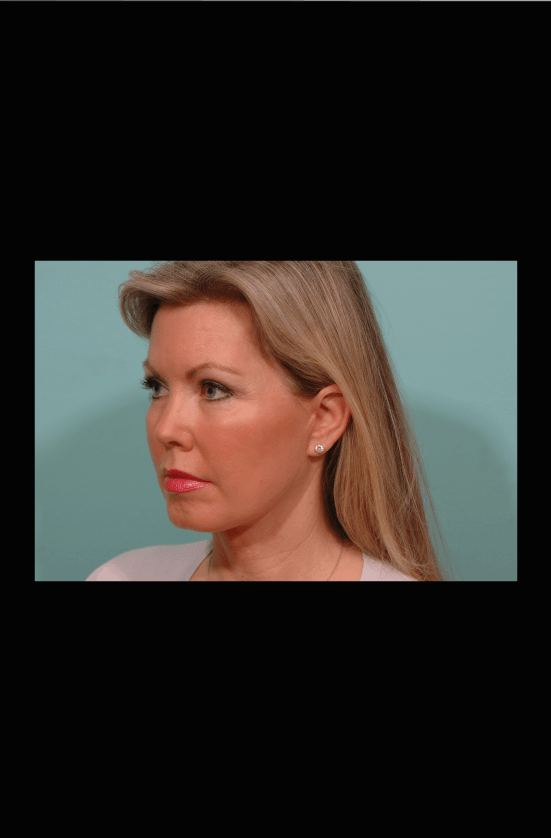
.
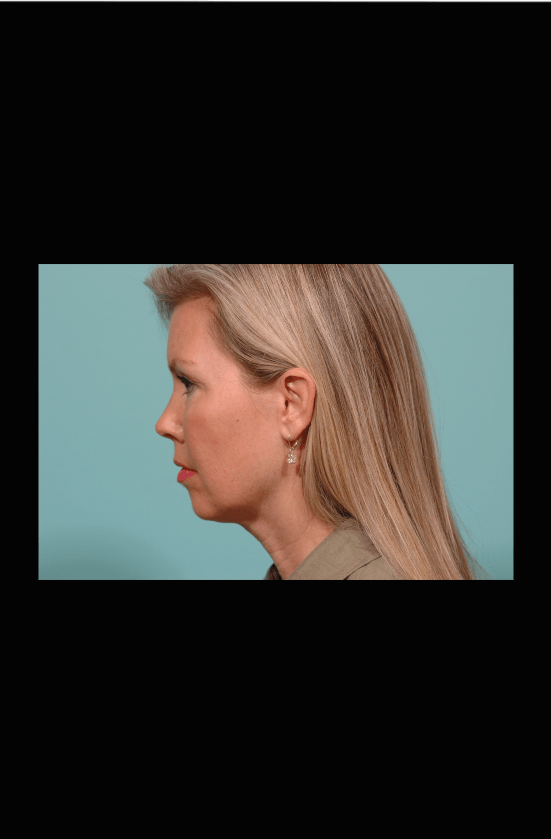
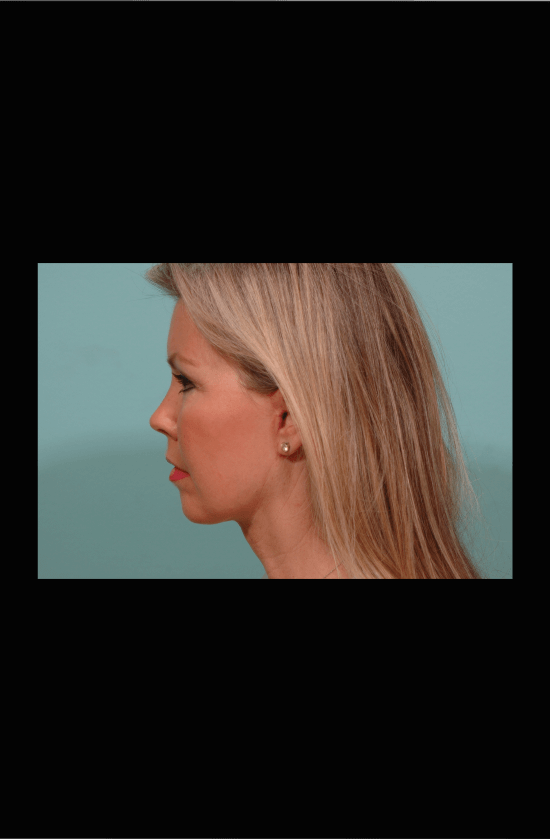
.
Schedule A Consultation Now!
Communication is not secure. Contacting the practice does not establish a physician/ patient relationship.*
.
For more information on procedures and wellness, visit our collection of free, downloadable eBooks
.
Follow us on Facebook for weekly tips on health and wellness.
.